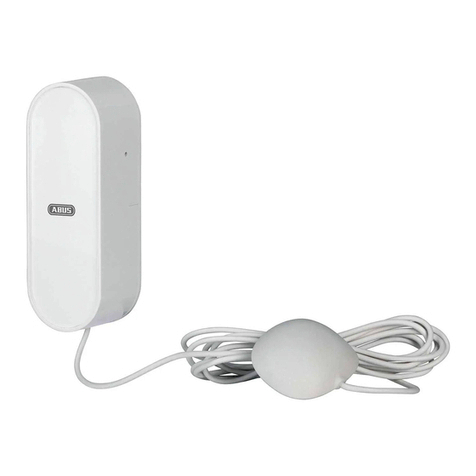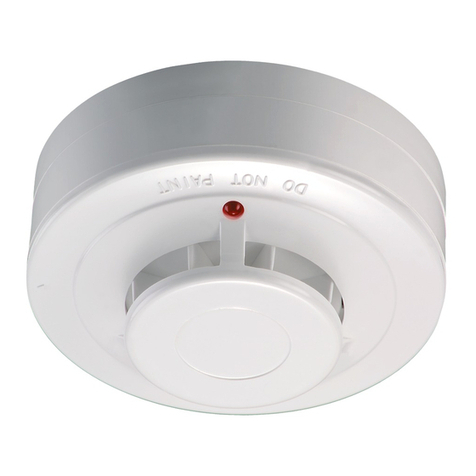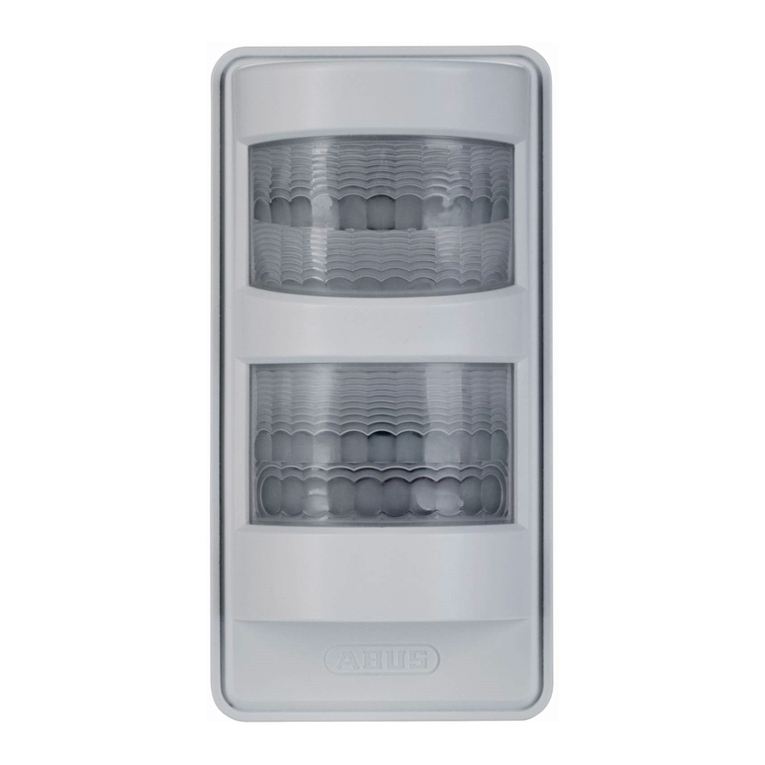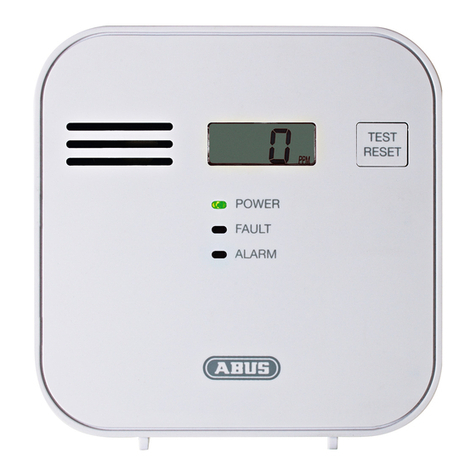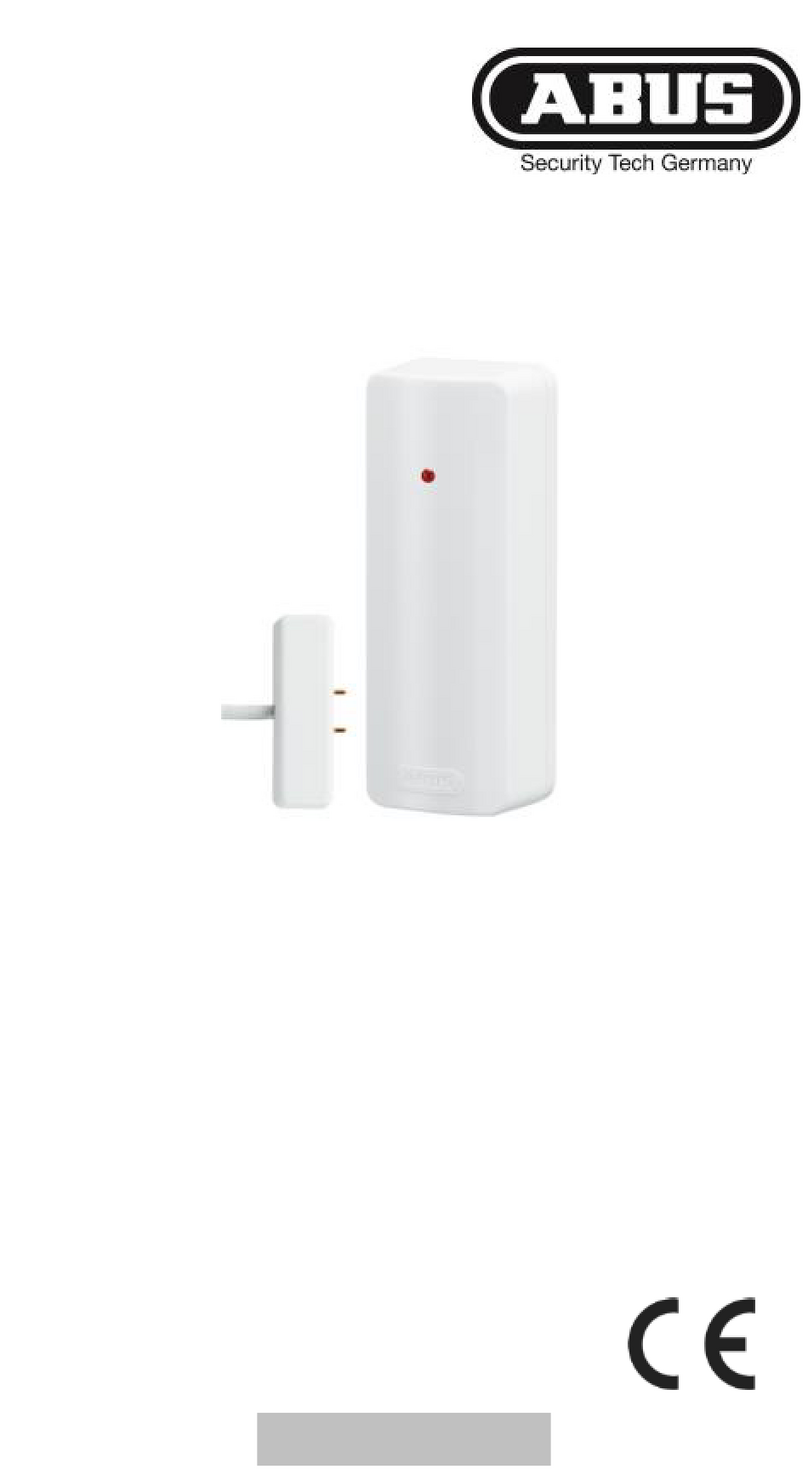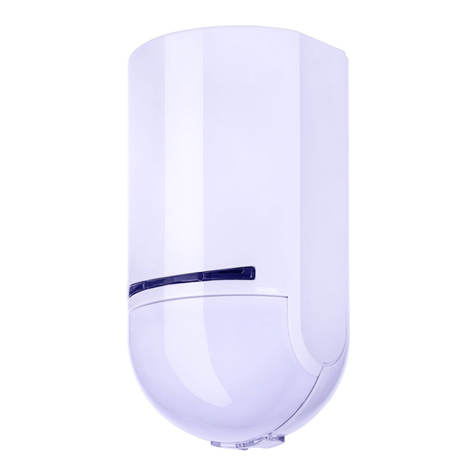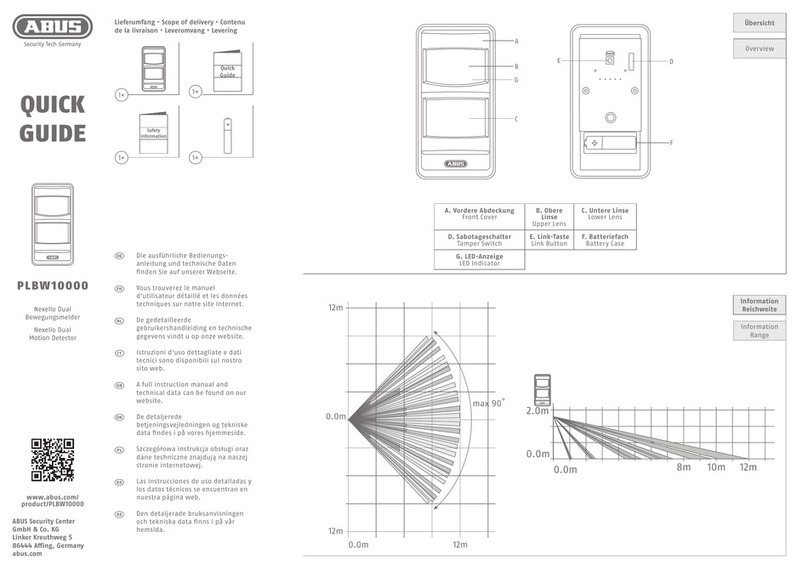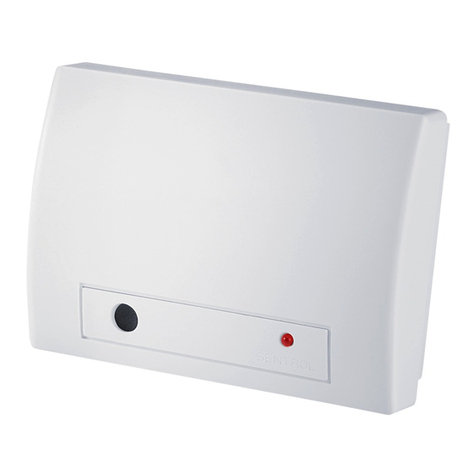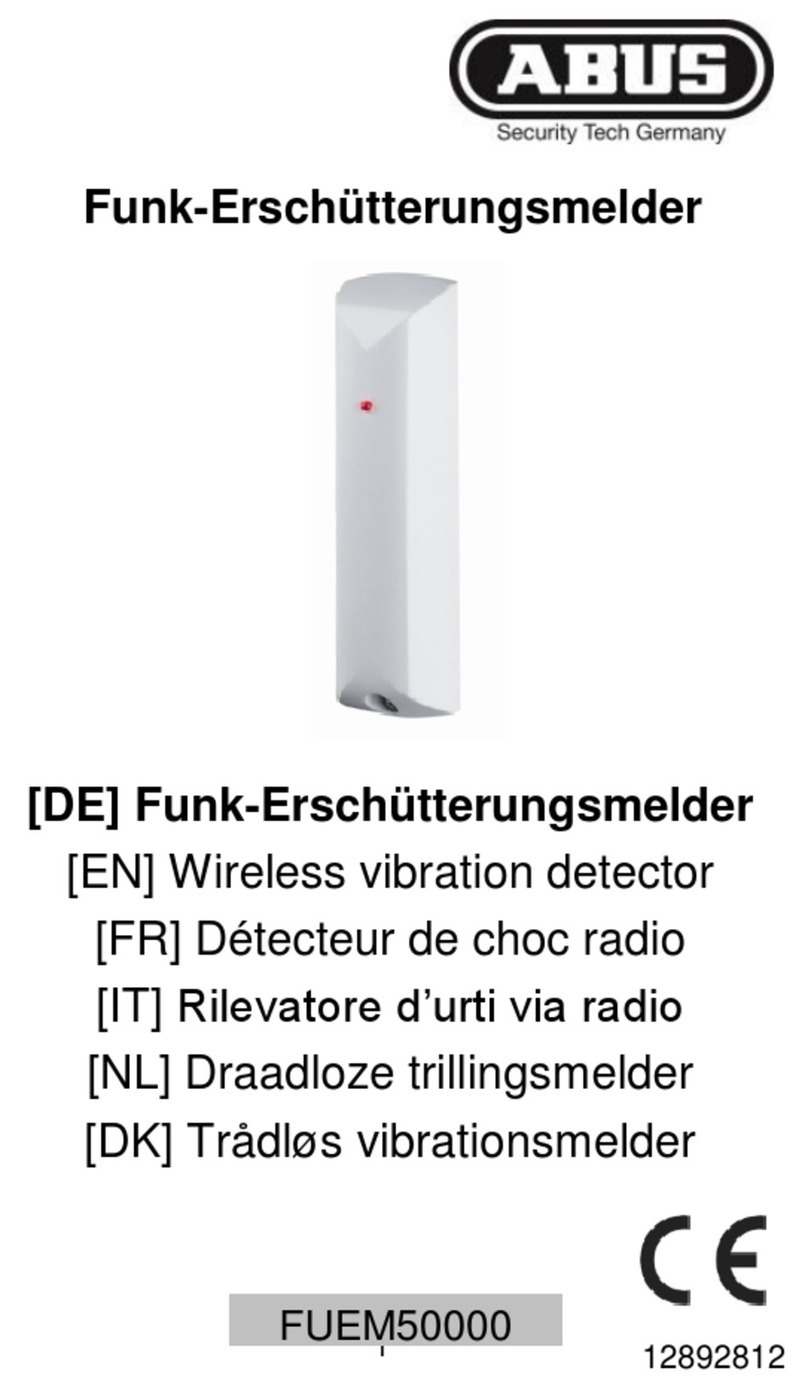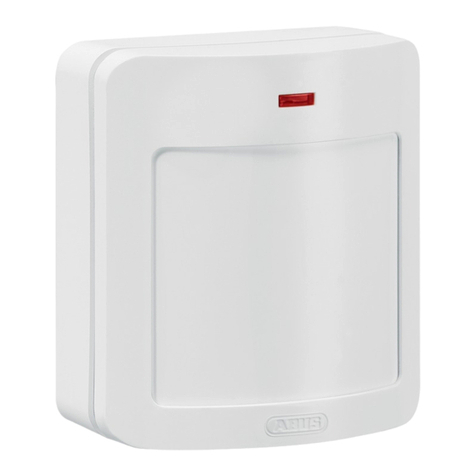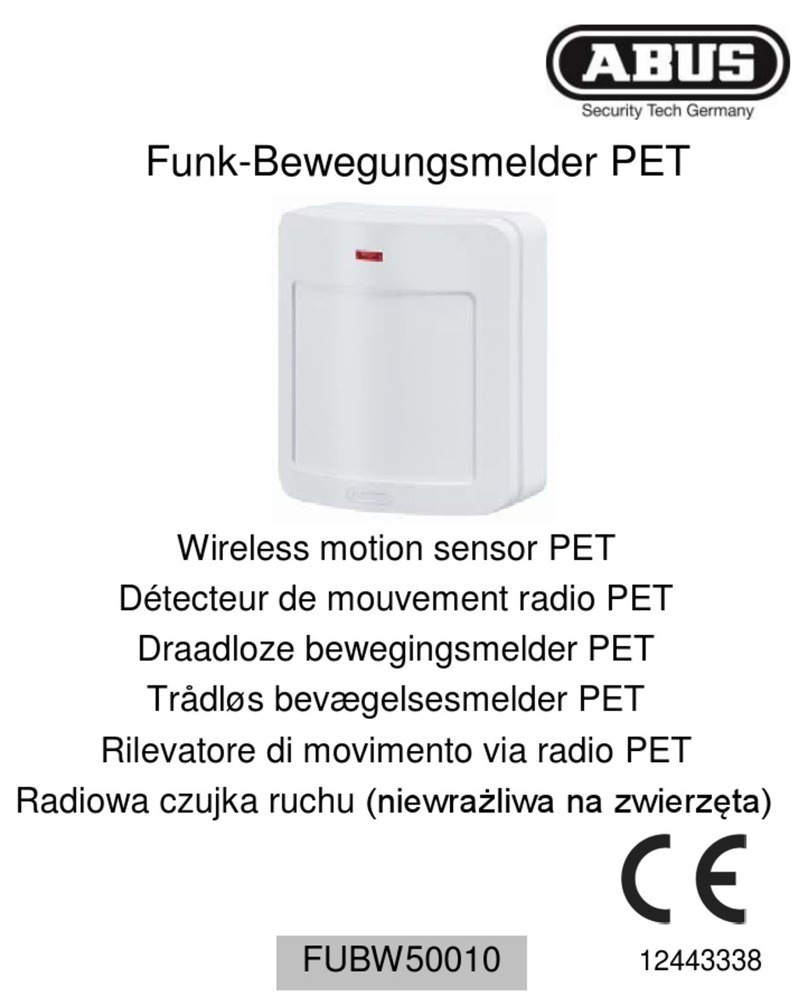Abus FUMK50000W/B User manual
Other Abus Security Sensor manuals
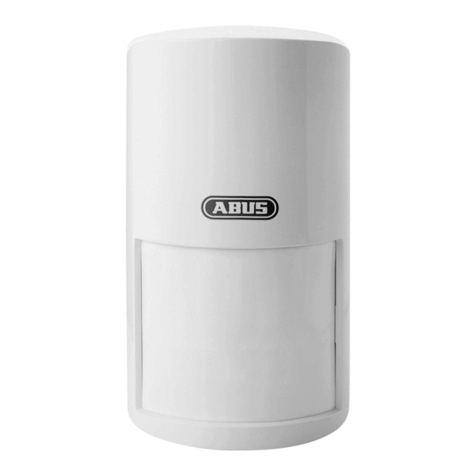
Abus
Abus FUBW35000A User manual
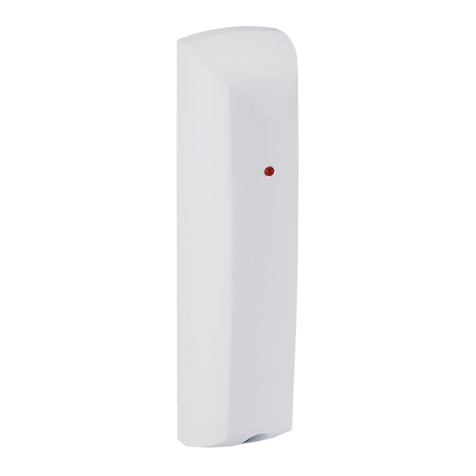
Abus
Abus FU8380 User manual

Abus
Abus Nexello PLMK10100 User manual
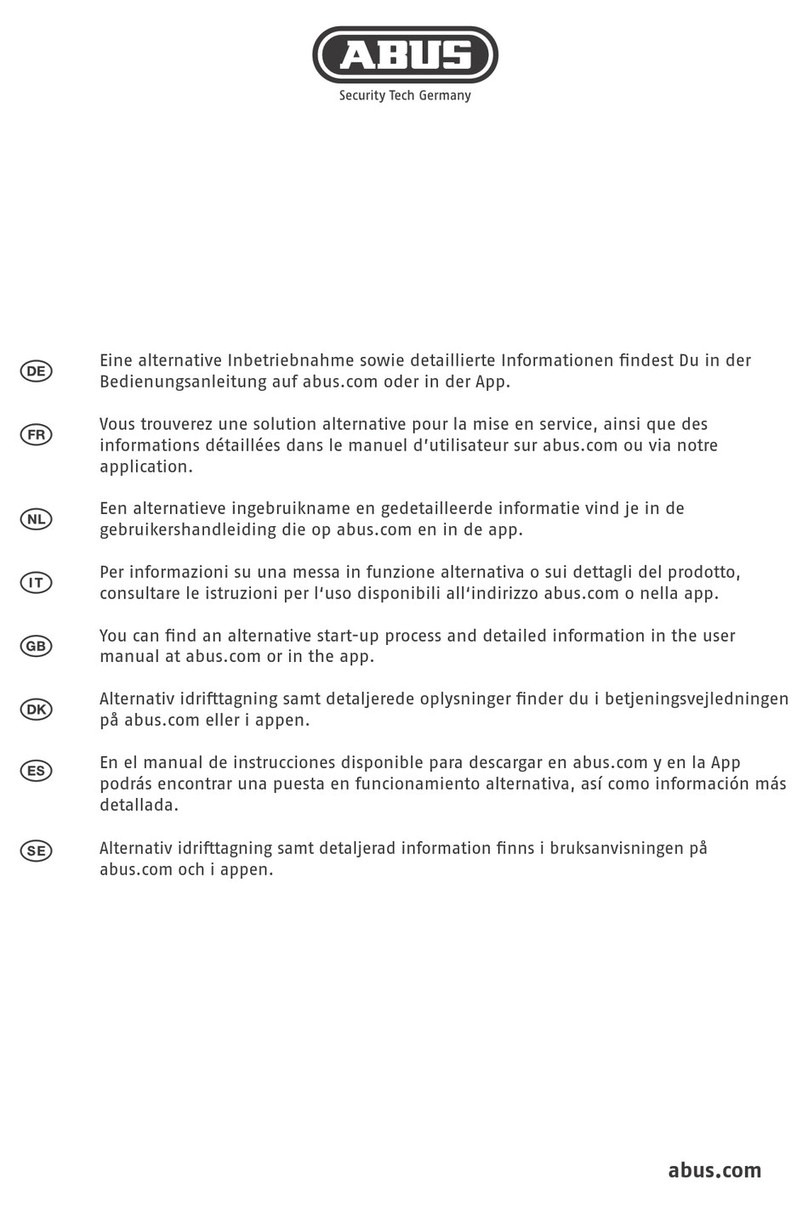
Abus
Abus FUEM35000A User manual

Abus
Abus FUMK50030W User manual
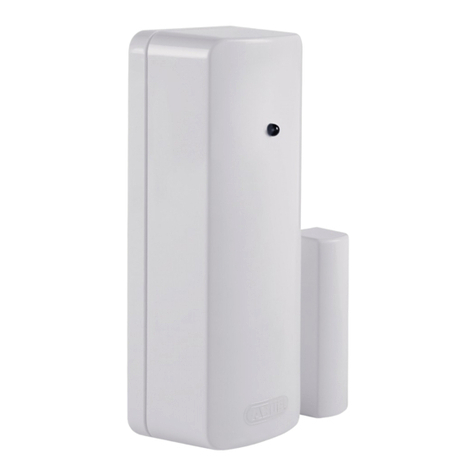
Abus
Abus SECVEST Manual
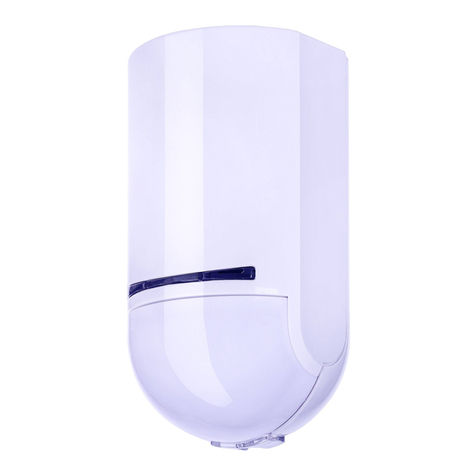
Abus
Abus FUBW50110 User manual

Abus
Abus FUGB60000 User manual

Abus
Abus FUBW35000A User manual
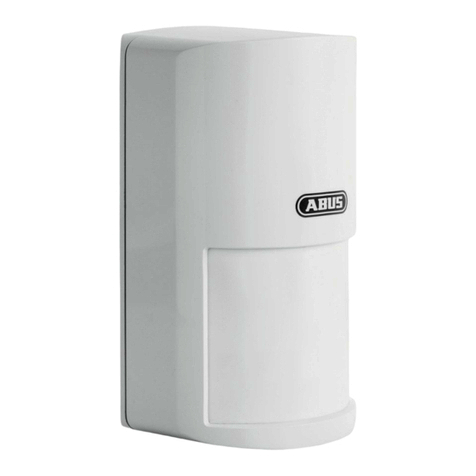
Abus
Abus FUBW35010A User manual
Popular Security Sensor manuals by other brands

Shinko
Shinko SE2EA-1-0-0 instruction manual

Det-Tronics
Det-Tronics X Series instructions

ACR Electronics
ACR Electronics COBHAM RCL-300A Product support manual

TOOLCRAFT
TOOLCRAFT 1712612 operating instructions

Elkron
Elkron IM600 Installation, programming and functions manual

Bosch
Bosch WEU PDO 6 Original instructions
